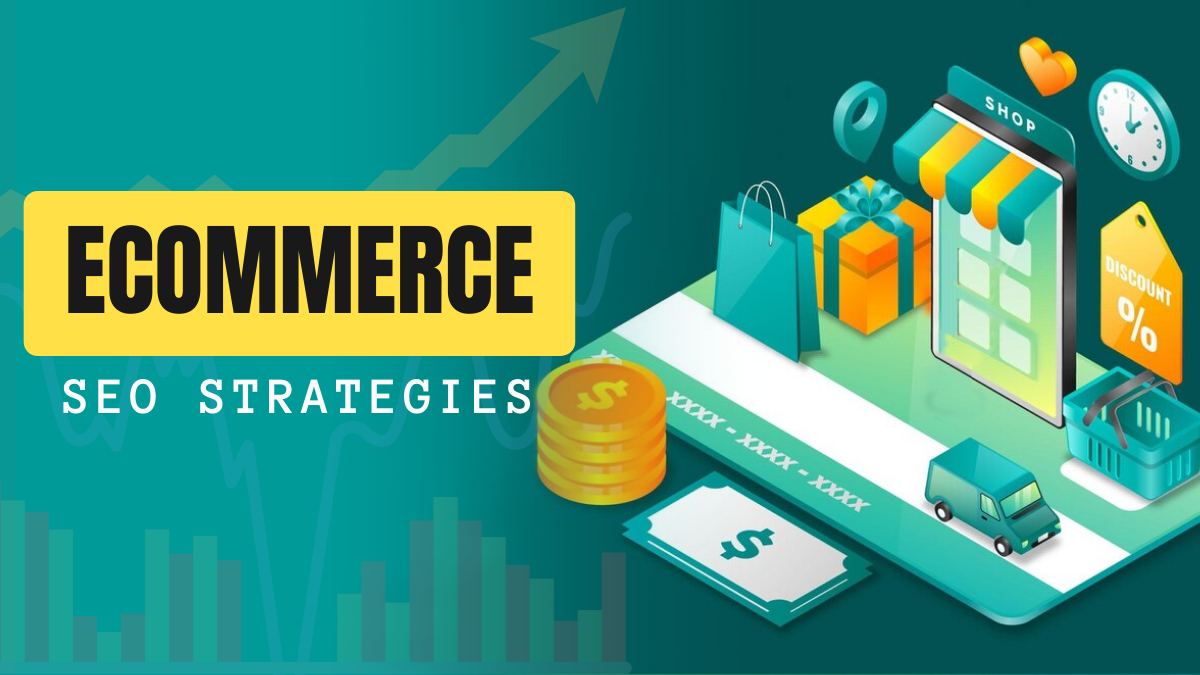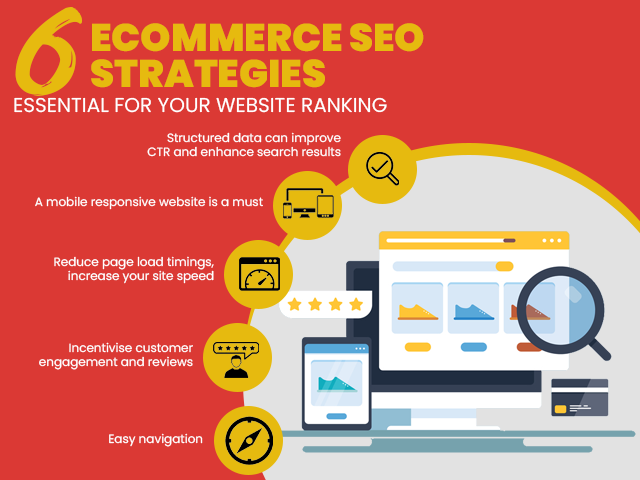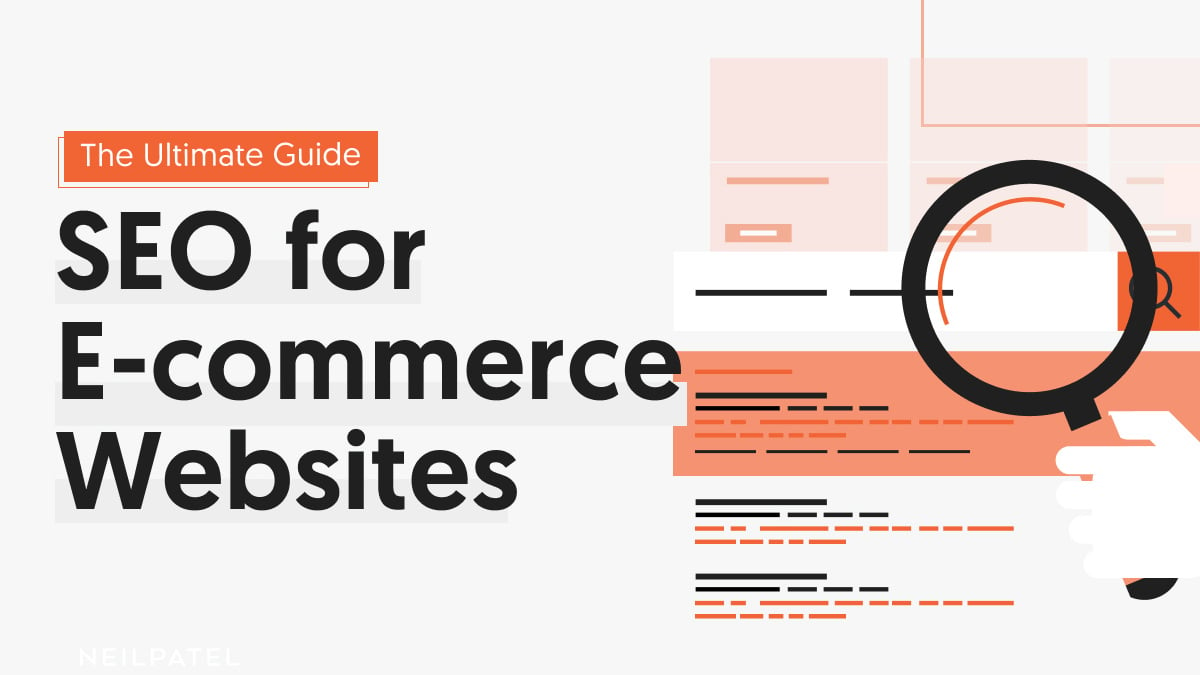SEO strategies differ significantly across e-commerce, services, and blogs due to their distinct goals, content types, and user intents.
| Aspect | E-commerce SEO | Services SEO | Blogs SEO |
|---|---|---|---|
| Primary Goal | Drive product sales and conversions | Generate leads and bookings for services | Build audience, engagement, and ad revenue |
| Keyword Focus | Transactional keywords with buying intent (e.g., "buy running shoes") | Local and service-specific keywords (e.g., "plumber near me") | Informational and long-tail keywords (e.g., "how to train for a marathon") |
| Site Structure | Optimized for product categories, filters, and clear navigation to product pages; includes technical SEO like site speed and mobile usability | Focus on service pages, location pages, and clear call-to-actions; often includes testimonials and case studies | Organized by topics and categories with internal linking to boost content discovery |
| Content Strategy | Product descriptions, buying guides, FAQs, videos, customer reviews, and blog posts related to products | Service descriptions, FAQs, case studies, blog posts addressing customer pain points, and local content | Regular blog posts, how-to guides, opinion pieces, and evergreen content to attract organic traffic |
| On-page SEO | Optimize title tags, meta descriptions with modifiers (e.g., "free shipping"), alt text for product images, and URLs for products and categories | Optimize for local SEO, include schema markup for services, and ensure clear contact info | Focus on keyword-rich titles, meta descriptions, and engaging content with multimedia |
| Technical SEO | Site speed, mobile-friendliness, canonical tags, sitemap.xml, robots.txt, structured data for products | Mobile optimization, fast loading, secure site (HTTPS), and local business schema | Fast loading, mobile-friendly, and structured data for articles |
| Link Building | Focus on authoritative backlinks, influencer collaborations, and partnerships | Local citations, industry directories, and relevant backlinks | Guest blogging, social shares, and backlinks from related content sites |
| Content Marketing | Blogs, product guides, videos, customer testimonials, downloadable content to support product pages and attract traffic | Educational content, blog posts addressing service-related questions, and local event sponsorships | Frequent blog updates, newsletters, and social media engagement to grow readership |
E-commerce SEO Highlights
- Emphasizes keyword research targeting transactional queries and long-tail keywords with buying intent.
- Optimizes product and category pages with unique descriptions, meta tags, and image alt text.
- Uses technical SEO to ensure fast, crawlable, and mobile-friendly sites.
- Employs content marketing such as blogs, product guides, videos, and customer reviews to boost SEO and conversions.
- Leverages Google Merchant Center and structured data for product listings.
Services SEO Highlights
- Focuses on local SEO and service-specific keywords.
- Builds trust with testimonials, case studies, and detailed service pages.
- Uses schema markup for services and local business information.
- Content targets customer pain points and educates prospects about services.
Blogs SEO Highlights
- Prioritizes informational keywords and long-tail queries.
- Requires consistent publishing of high-quality, engaging content.
- Uses internal linking to improve site navigation and SEO.
- Focuses on building authority and audience engagement through diverse content formats.
Each industry requires tailoring SEO tactics to user intent and business goals. E-commerce SEO is more conversion-driven with a strong focus on product pages and technical optimization, services SEO emphasizes local presence and trust-building content, while blogs SEO centers on content quality and audience growth.





